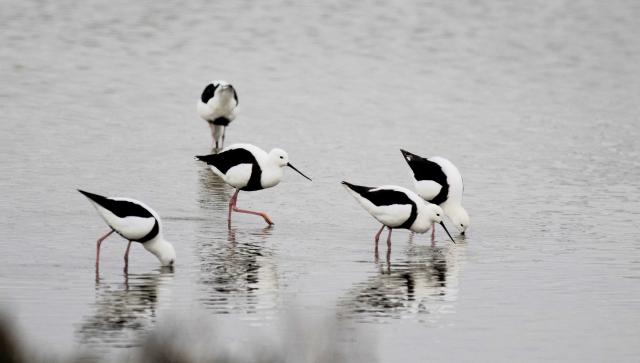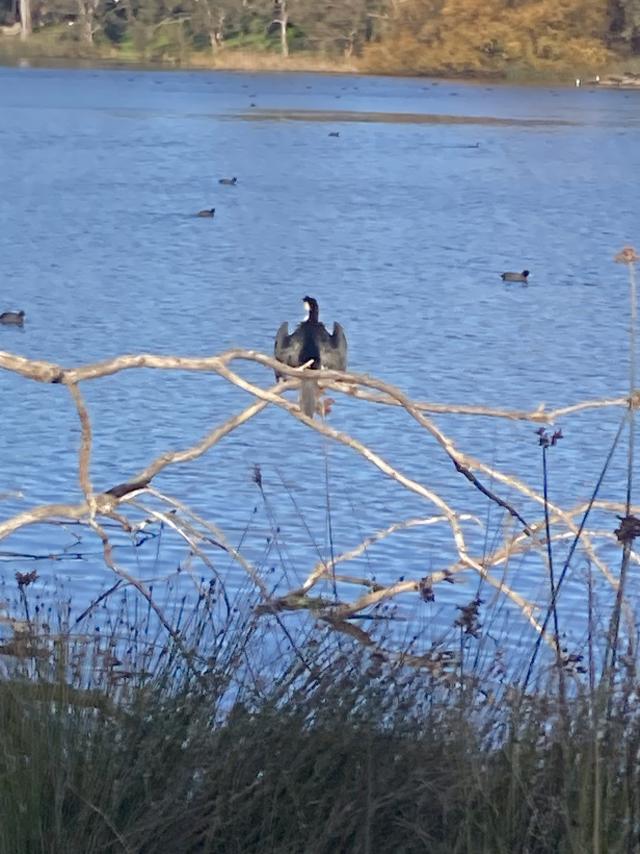The last few weeks have been freezing, and reading a book by the fire has been much preferable to being outdoors.
Most of my birdwatching has been performed on my way to and from work, as usual. The highlight was seeing an eastern barn owl flying over the roundabout at the corner of the Bellarine Highway and Grubb Road, near the new BP service station, when I was driving home from afternoon shift at 10pm.
It’s not great for me or other drivers when an owl is spotted as it’s so distracting when driving, so fortunately there were no incidents.
I’ve been driving to Point Henry on my way to work, as I usually can guarantee to see a ‘raptor of the day’ if I detour to this area.
I spotted a black-shouldered kite, a few brown falcons, a pair of nankeen kestrels and a whistling kite, so there were raptors to spot.
There was a flock of around 20 red-necked stints. They are a species of migratory shorebirds in one of the shallow ponds at Point Henry. Many of these birds would be currently breeding in the Northern Hemisphere, and each year a small number of these birds chose to remain in Australia rather than flying 10,000km to breeding grounds in Siberia and Alaska.
Apparently, it is mostly young birds that remain on our shores and brave the cold winter months.
There have also been approximately 15 banded stilts at Point Henry in a mixed flock with pied or black-winged stilts. Banded stilts are bigger than pied stilts (39cm compared to 35cm) and are dispersive when seeking out feeding and breeding sites. They are such graceful and beautiful birds.
I received a message from Robyn, who lives on a lovely property in Wallington.
Robyn said there has been a flock of up to 100 yellow-tailed black cockatoos visiting her property at dusk to feed on the banksias and hakeas along the driveway. I called around one day, but unfortunately the cockatoos must have found an alternative feeding site that day but did have a lovely walk around the garden.
I was happy to hear about the good number of cockatoos seen by Robyn and can only imagine how much noise 100 cockatoos would make.
I received an email from Geoff, who spotted a little pied cormorant drying out its wings while perched at Blue Waters Lake.
Cormorants, like some other bird species, possess glands that secrete oil that keeps their feathers waterproof. However their feathers can become easily waterlogged after diving under the surface of the water for food, so they spread their wings to dry them out after diving.








